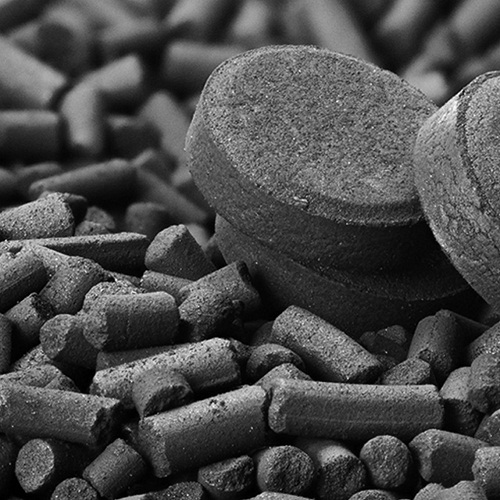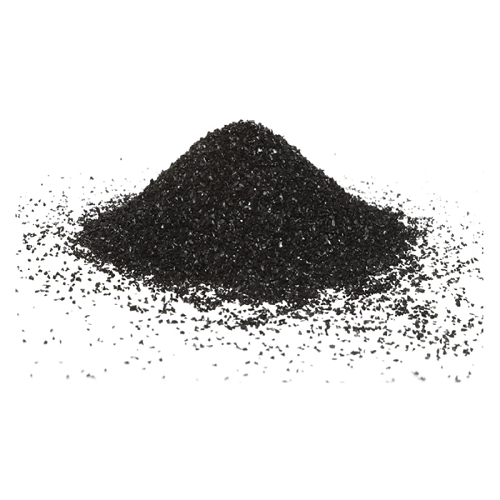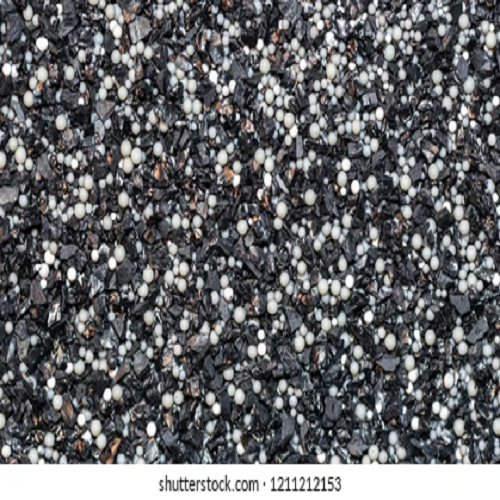
our category
ACTIVATED CARBON
Activated Carbon: Overview, Uses, and Benefits
Activated carbon is a highly porous material used for a variety of applications where filtration and adsorption are required. Made from carbon-rich materials like wood, coal, or coconut shells, activated carbon undergoes a process known as activation, where it is heated in the presence of a gas, which expands its surface area and enhances its ability to adsorb various substances. This makes activated carbon an invaluable substance in water treatment, air purification, industrial applications, and even medicine.
Enquire Now
What is Activated Carbon?
Activated carbon is a form of carbon that has been processed to have a vast network of tiny pores, which dramatically increases its surface area. This structure enables it to adsorb a wide range of gases, vapors, and dissolved substances. It is most commonly used for filtration and purification purposes due to its ability to attract and trap harmful chemicals, impurities, and toxins.
The activation process involves heating carbon in a controlled environment (usually with steam or chemicals) to create a porous structure that is highly effective in absorbing unwanted materials. This material is then used in various forms such as granular activated carbon (GAC), powdered activated carbon (PAC), and extruded activated carbon (EAC).
Types of Activated Carbon
-
Granular Activated Carbon (GAC): GAC consists of relatively large particles and is commonly used in water and air filtration systems. It is widely used in industrial filtration, drinking water treatment, and air purification systems. The large particles of GAC provide excellent flow rates and capacity for adsorption, making it suitable for both residential and commercial applications.
-
Powdered Activated Carbon (PAC): PAC is made up of fine particles and is commonly used in water treatment plants and industrial applications. It is often added in slurry form to water or air to remove contaminants. Due to its finer texture, PAC has a high adsorption rate but is less effective for long-term use without regeneration.
-
Extruded Activated Carbon (EAC): EAC is a more durable and structurally stable form of activated carbon that comes in cylindrical shapes. It is commonly used in air purification and gas phase filtration, particularly in HVAC systems or industrial scrubbers.
Uses of Activated Carbon
-
Water Treatment: Activated carbon is widely used in water filtration systems to remove chlorine, volatile organic compounds (VOCs), pesticides, herbicides, heavy metals, and dissolved organics. It's often found in home water purifiers, reverse osmosis systems, and municipal water treatment plants.
- Drinking Water: Activated carbon filters are used in point-of-use (POU) filtration systems like pitcher filters, faucet-mounted filters, and under-sink filters to remove chlorine, bad tastes, odors, and harmful contaminants.
- Wastewater Treatment: Activated carbon helps in the purification of industrial wastewater and sewage systems by adsorbing harmful substances, toxins, and pollutants.
-
Air and Gas Filtration: Activated carbon is extensively used in air purification systems to remove odors, toxic gases, and chemical vapors. It is used in systems that filter air in homes, offices, hospitals, and industries.
- VOC Removal: It helps in eliminating volatile organic compounds (VOCs) from industrial fumes and household cleaning products.
- Gas Masks: Activated carbon is used in gas masks and respirators for protection against harmful chemicals and pollutants in environments like factories or during chemical spills.
- Air Fresheners and Odor Removal: Many air purifiers use activated carbon to absorb and neutralize odors, such as pet smells, cooking odors, and smoke.
-
Medical Uses: Activated carbon is used in medical applications to treat poisoning and overdose. It is an important component of emergency treatment protocols where it is ingested to adsorb toxins from the digestive tract, preventing them from entering the bloodstream.
- Poisoning Treatment: Activated carbon is used in hospitals and clinics to treat poisoning from substances like alcohol, drugs, and chemical toxins. It works by binding to the toxins and preventing their absorption in the body.
- Digestive Health: Activated carbon is sometimes used in capsules or tablets as a remedy for gas and bloating due to its ability to absorb excess gases in the stomach.
-
Industrial Applications: Activated carbon plays a vital role in various industrial processes, particularly in the refining of oils, chemical processing, and air pollution control.
- Gold Recovery: In the mining industry, activated carbon is used to separate gold from cyanide solutions in a process called carbon-in-pulp (CIP), which is a key method of gold extraction.
- Chemical Purification: Activated carbon is used to remove impurities from chemicals during production, ensuring higher purity levels in finished products.
- Solvent Recovery: In industries like pharmaceuticals and solvent-based manufacturing, activated carbon helps in the recovery of solvents from waste streams.
-
Food and Beverage Industry: Activated carbon is used in the food industry to remove impurities from ingredients like sugar and beverages, particularly in the refining process.
- Sugar Refining: It is used in the sugar industry to remove color, odors, and other impurities from raw sugar and syrups.
- Beverage Filtration: Activated carbon is used to remove unwanted tastes, odors, and contaminants from beverages like soft drinks, juices, and alcoholic drinks.
Benefits of Activated Carbon
-
High Adsorption Capacity: Activated carbon has an extensive surface area, with a single gram of activated carbon containing up to 3,000 square meters of surface area. This makes it highly effective at adsorbing toxins, chemicals, and other harmful substances.
-
Versatility: Activated carbon can be used in a wide range of applications, from water purification and air filtration to medical treatments and industrial processes. Its versatility makes it a critical material in various fields.
-
Cost-Effective: Activated carbon is a cost-efficient solution for filtration and purification needs. Its ability to be regenerated and reused in many applications further contributes to its economic advantages.
-
Non-Toxic and Safe: Activated carbon is generally considered safe for use in a variety of settings, including medical treatments and food processing, as it is non-toxic and does not introduce harmful substances to the environment.
-
Eco-Friendly: Activated carbon is an environmentally friendly solution, especially when made from renewable resources like coconut shells or wood. Furthermore, it can be regenerated for reuse, reducing waste and the need for new materials.
Regeneration of Activated Carbon
Activated carbon can be regenerated to restore its adsorptive capacity, particularly when used in industrial applications. Regeneration involves heating the used carbon to high temperatures in a process known as thermal reactivation, which allows the carbon to release the adsorbed substances and be reused for further filtration.
Conclusion
Activated carbon is an incredibly effective material used for filtering, purifying, and adsorbing a wide variety of substances in multiple industries. From water and air purification to medical treatments and industrial processes, activated carbon provides a reliable and environmentally-friendly solution to remove harmful toxins, pollutants, and contaminants. Whether in home filtration systems or large-scale industrial applications, activated carbon’s versatility, high adsorption capacity, and cost-effectiveness make it an essential material for maintaining clean and safe environments.


